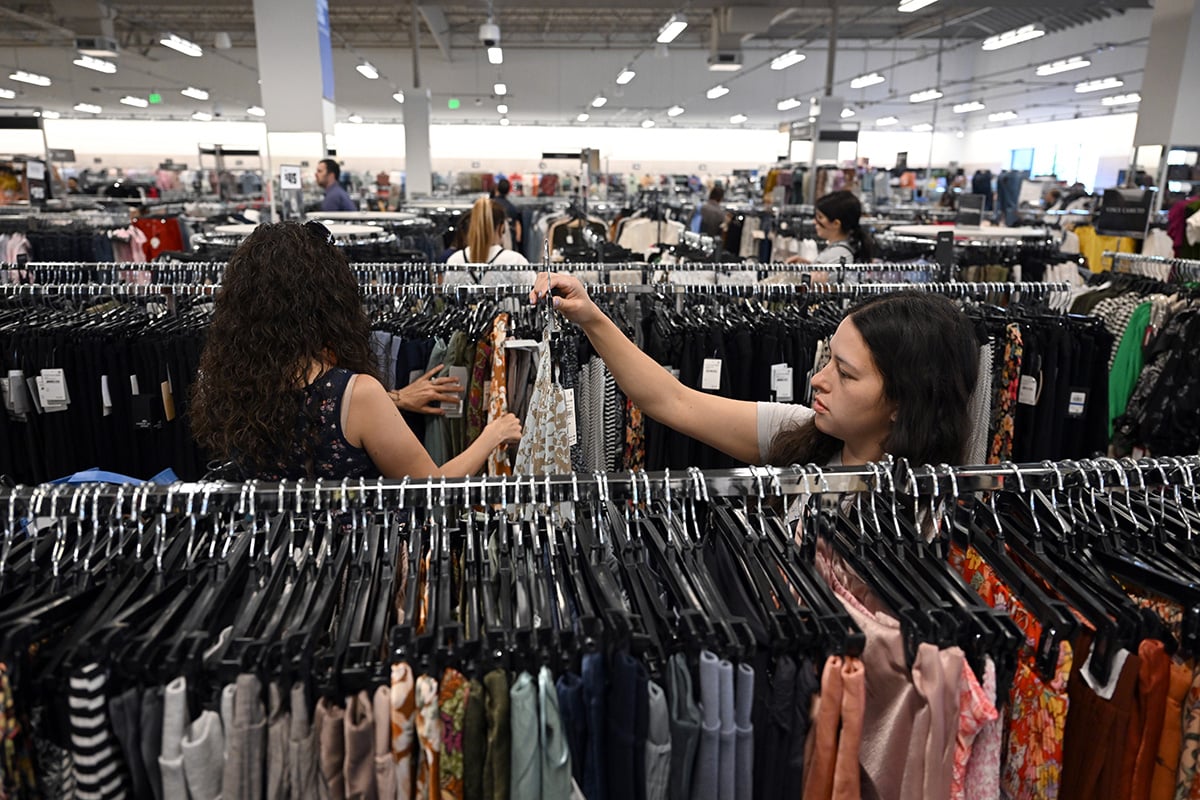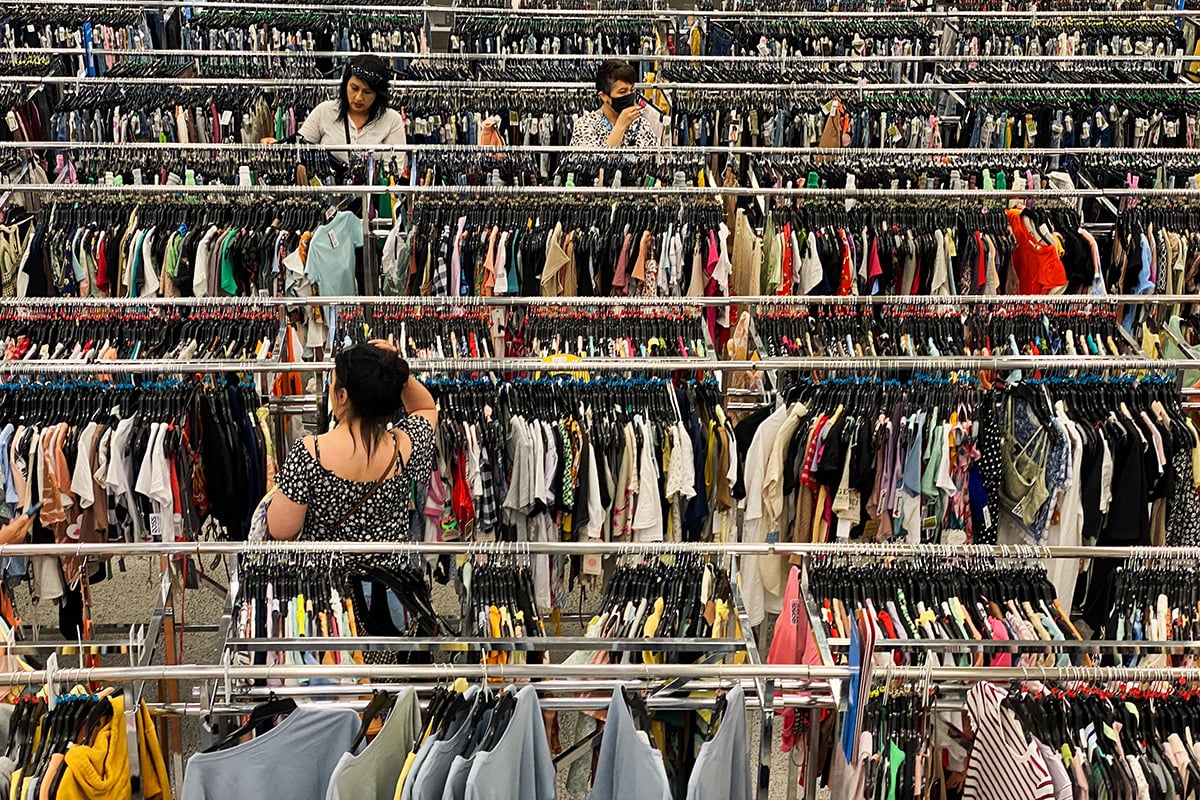
It's a full-time job figuring out the office's "new normal."
|Human resources professionals across the globe are grapplingwith the Covid-19 pandemic and often carrying the burdenof determining when and how to open workplaces and allow employeesto return.
|One thing is clear: Every office will be unique. Each country'sapproach will likely be different, every company will be different,and every person will have their own challenges. It's difficult topass judgment on any company's unique approach to the decision ofwhether to reopen. This is a case-by-case, individual process forall of us.
|But as the situation evolves, it's paramount for organizationsto be agile and flexible—and to let data be the guiding light,especially on how and when workers return to the office.
||
Seize the Data Overflow
Coronavirus has opened a floodgate of data.From employee surveys to contact tracing to cash flow and customerretention, leaders need to be nimble and evaluate a barrage ofinformation. This data helps senior leadership make authenticdecisions in the best interests of employees and the business.
|Measuring Covid-19 cases, threat levels, and workforce healthare chief among the data your company should be acquiring. Thisincludes tracking shelter-in-place orders for each office location;the number of local Covid-19 cases; and Covid-19 self-reportingnumbers for each office, including employees who are exhibitingsymptoms and/or who have been exposed to someone known to have thevirus.
|Store the data in a central location to ensure your finger is onthe pulse of where employees are and how to proceed. You'll findmany answers there.
|But there are troves of other data to proactively measure andintegrate. This includes gauging employee sentiment by surveyingemployees in segmented, specific groups; tracking employees'abilities to work effectively and your organization's ability torespond to customer requests; and determining your suppliers'abilities to provide services for your organization during thepandemic.
|Combine this deluge of data to determine each office's workforcehealth score, Covid-19 threat levels, and office continuity. Onlythen can you transparently and wholly understand employeeeffectiveness and health.
||
Where Does Contact Tracing Fit into My Ongoing Strategy?
Contact tracing has quickly become a staple in today'sconversation about the return to work. However, Pew Research foundthat 60 percent of Americans do not believegovernment contact tracing apps would be effective. Another 48percent indicated it would be unacceptable for the government totrack cell phone data to curtail coronavirus spread.
|Contact tracing alone won't be helpful. But combined with otherdata, it can be an effective risk mitigation strategy.
|Contact tracing should be company-specific, not large-scale andanonymized. For example, if your organization implemented contacttracing for employees, and an employee indicated through anin-house procedure their sick time or self-disclosed infection, thedata could be used to risk-score all other employees at that officebased on the tracing of the presumed sick employee.
|Contact tracing is only one piece of your overall data strategy,and it must be paired with local and other health data to determinean office's overall risk score. Risk managers and human resourcesprofessionals should rely on the aggregate data to determine whenand how to return to the office—not individual datasets.
|Don't Create a False Sense of Security
Some approaches to workplace safety can potentially increaserisk by pushing a false sense of security for the workforce.Offices today are especially concerning because many have openconfigurations and they are notably smaller than they were decadesago. The average office space per worker is about 180 square feetin American cities, according to Axios.
|Some companies have discussed installing plexiglass dividers in an open-office settingto mitigate the coronavirus spread. Ask yourself if science backsup this investment and how realistic or productive it is to build aworkplace that forces employees to operate six feet from oneanother.
|The Occupational Safety and Health Administration (OSHA) hasshared guidelines on office reopening. Theyinclude providing frequent and thorough hand washing and access tohand sanitizer, encouraging workers to stay home if they are sick,providing tissues and trash cans, and considering flexiblescheduling and remote work.
|The office is only part of the challenge, however. Many HRleaders are asking how employees get to the office safely as publictransportation continues to be a top-of-mind concern. A recentstudy of New York City's subway system raises serious concernsabout public transit's role in spreading the virus.
|If working in the office is highly restrictive, and getting tothe office is a significant challenge, is working from home stillthe better option for productivity?
|Another factor to consider is employee sentiment. Establish amechanism for collecting consistent employee feedback on how theycommute to the office, their workplace productivity, and how theyare navigating the complex, challenging pandemic. This isespecially important right now, but it will be even more criticalwhen your employees return to the office.
|This is not a one and done strategy. Let data and employeesentiment guide you, and be agile and malleable to where it leads.Plus, building a data foundation now will forge a path to followshould another outbreak erupt.
|Anything you do as a company should be well communicated,controlled, and informed by local members of your staff. In asurvey by Galvanize, 63 percent of respondents said managementcomprised their coronavirus task forces, but a top-down–onlyapproach is not the way to go in times like these. If yourorganization has multiple locations, your geographic-specificreturn-to-work plans must be based on the needs of those teams.
|The answer for when to go back to the office is in the data andin collaboration between decision-makers and employees. More thanever, companies need to unite and rely on available science, data,and on-the-ground leadership to steer the ship.
|
 Keith Cerny is chiefpeople officer at Galvanize.
Keith Cerny is chiefpeople officer at Galvanize.
|
|
|
From: BenefitsPro
Complete your profile to continue reading and get FREE access to Treasury & Risk, part of your ALM digital membership.
Your access to unlimited Treasury & Risk content isn’t changing.
Once you are an ALM digital member, you’ll receive:
- Critical Treasury & Risk information including in-depth analysis of treasury and finance best practices, case studies with corporate innovators, informative newsletters, educational webcasts and videos, and resources from industry leaders.
- Exclusive discounts on ALM and Treasury & Risk events.
- Access to other award-winning ALM websites including PropertyCasualty360.com and Law.com.
*May exclude premium content
Already have an account? Sign In
© 2024 ALM Global, LLC, All Rights Reserved. Request academic re-use from www.copyright.com. All other uses, submit a request to [email protected]. For more information visit Asset & Logo Licensing.








